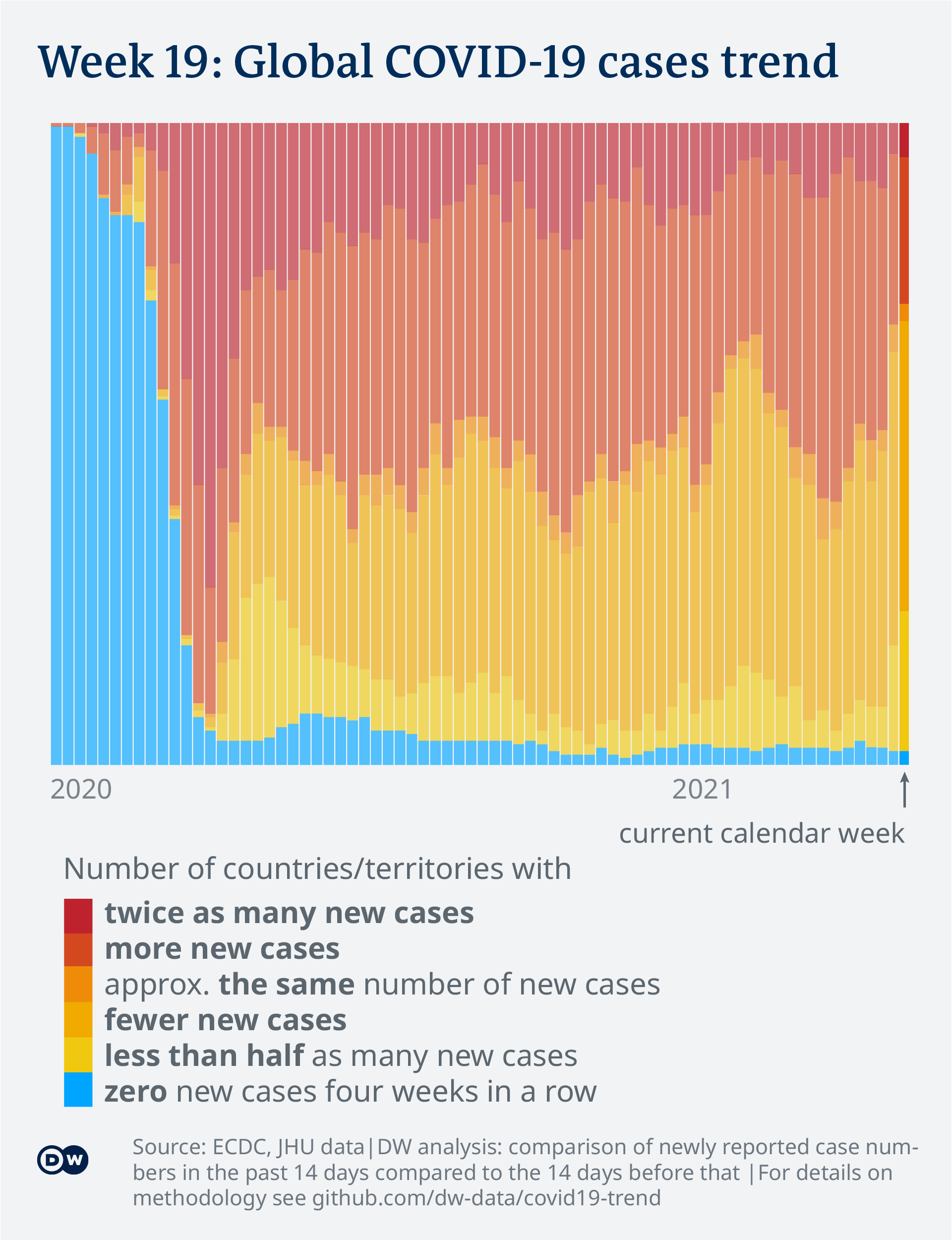There is no convincing evidence yet that people who have recovered get ill again after a few days or weeks - so most probably the antibodies are at least partially protective. In the Northern Hemisphere the first wave originated in the spring of 1918 during World War I.
 When Will The Covid 19 Pandemic End Mckinsey
When Will The Covid 19 Pandemic End Mckinsey
Although it remains uncertain where the virus first emerged the earliest cases in the United.

How long can a pandemic last. The World Health Organization WHO has expressed hope that the coronavirus pandemic will be shorter than the 1918 Spanish flu and last less than 2 years if the world unites and succeeds in finding a vaccine. Nobody quite knows how the COVID-19 pandemic will end. For instance our modeling suggests that if natural immunity to COVID-19 lasts six to nine months as opposed to multiple years like tetanus or lifelong like measles herd immunity is unlikely to be achieved unless adult.
Instead of it being hours days weeks were talking months and years palliative specialist Dr. Influenza A viruses are constantly changing making it possible on very rare occasions for non-human influenza viruses to change in such a way that they can infect people easily and spread. Health in your inbox.
But we did know it would last a long time. Most vaccines are still likely to be 1218 months away from being available to the entire population and this period is long enough to cause lasting social and. An influenza pandemic is a global outbreak of a new influenza A virus that is very different from current and recently circulating human seasonal influenza A viruses.
Throughout history there have been numerous pandemics others much worse than COVID-19 that claimed the lives of thousands even millions of people. The coronavirus pandemic could last over 18 months according to a 100-page federal government response plan recently shared with The New York Times. On March 11 2020 the World Health Organization announced that the COVID-19 virus was officially a pandemic after barreling through 114 countries in three months and infecting over 118000 people.
The disclosure was made by the Director-General of WHO Tedros Adhanom Ghebreyesus during a briefing in Geneva. In nearly every modern global health crisis from smallpox to malaria to H1N1 rich countries have bought up vital medical supplies making poor. By April it had reached the United States.
Earlier in the pandemic it was unclear how long immunity after COVID-19 infection would last. And the pandemic continued in some places until 1921 she says. The pandemic occurred in three waves though not simultaneously around the globe.
The H1N1 outbreak was the first pandemic of the 21st century. The next year and a half could include. In a virtual news conference Tuesday Dr.
The epidemiology in the future will depend on that - on the level of protective immunity that you get at the population level after this wave of infections which we cannot really stop. Ever since humans learned to live in groups forming communities where they live close to each other and also travel across the seas the. We can mitigate it we can.
The coronavirus pandemic could last up to 2 years according to US experts. Duration of immunity matters obviously. A vaccine by early 2021 a steady decline in cases by next fall and back to normal in a few years11 top.
But how long will that protection last for - is it a matter of months or years. Heres How the Pandemic Finally Ends. He also pointed to research that shows the immune system reaction to the virus is short-lived with antibodies lasting only two to three months.
Last March we didnt know how the pandemic would play out. The coronavirus pandemic isnt the first to hit the human civilization. Heres what we can learn from the 1918 flu.
The influenza pandemic of 191819 also called the Spanish flu lasted between one and two years. We could be looking at up to 12-18 months of this Countries might be enacting some degree of control measures right through until a vaccine comes along according to a new modelling study from Imperial College London. Clark said the trajectory of the.
They predict we may see a 2nd larger wave of infections this fall. The disease was initially detected in February 2009 in Mexico and subsequently spread to other parts of that country. Realistically that could be 12 to 18 months away.
What happened then is that there was enough herd immunity or pre-existing immunity that it actually became the seasonal flu strain. The last major global outbreak of disease before the COVID-19 pandemic declared in 2020 was the influenza pandemic H1N1 of 2009.
